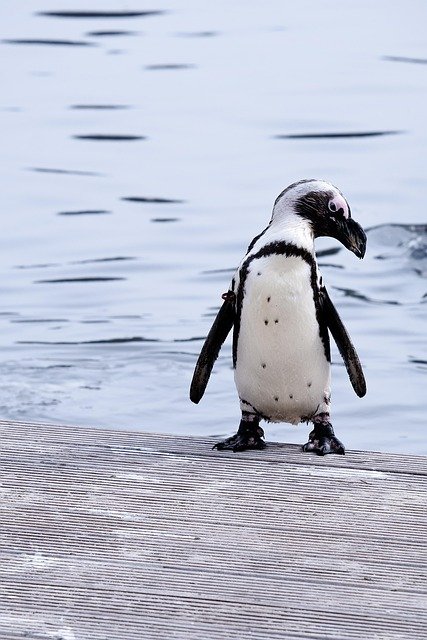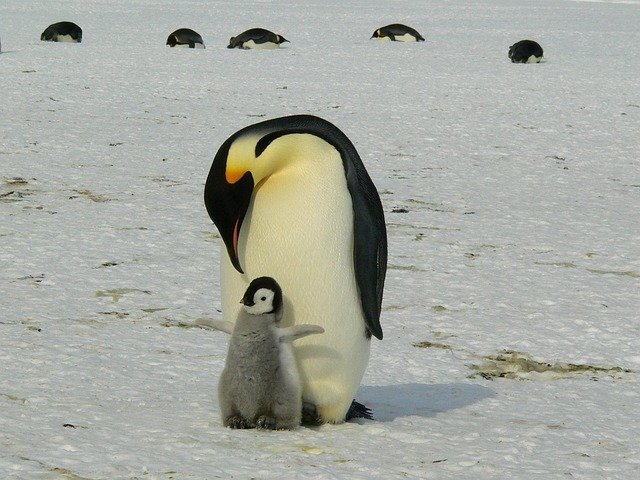**Title: "Adaptations of Penguins: How These Flightless Birds Thrive in the Harshest

Adaptations of Penguins: How These Flightless Birds Thrive in the Harshest Environments
Penguins are fascinating creatures that have captured the hearts of many with their unique appearance and behavior. These flightless birds, primarily found in the Southern Hemisphere, have developed remarkable adaptations that allow them to thrive in some of the harshest environments on Earth. In this post, we will explore the various adaptations of penguins that contribute to their survival in frigid habitats.
1. Streamlined Bodies
One of the most significant adaptations of penguins is their streamlined body shape. This design reduces drag while swimming, allowing them to move efficiently through the water. Their bodies are torpedo-shaped, which helps them dive deep and swim swiftly in pursuit of fish and other marine prey.
2. Insulating Feathers
Penguins are equipped with a layer of densely packed feathers that provide excellent insulation against cold temperatures. These feathers are waterproof due to a special oil produced by a gland near their tails, which helps keep them dry while swimming. Beneath the feathers, a layer of fat (blubber) further insulates them from the frigid waters.
3. Counter-Shading Camouflage
Penguins possess a unique coloration known as counter-shading. Their dark backs blend with the ocean's depths when viewed from above, while their white bellies match the lighter surface when seen from below. This coloration helps protect them from predators such as seals and orcas, as it provides effective camouflage in their aquatic environment.
4. Social Behavior and Group Living
Penguins are social birds that often live in large colonies. This social structure provides several advantages, including protection from predators and assistance in raising chicks. By huddling together, penguins can conserve heat during extreme cold, ensuring that they maintain their body temperature in icy conditions.
5. Unique Breeding Strategies
Different penguin species have developed various breeding strategies to cope with their harsh environments. For instance, Emperor Penguins are known for their remarkable breeding cycle, where males incubate the eggs on their feet, keeping them warm while the females hunt for food. This adaptation allows them to care for their young in the extreme cold of Antarctica.
6. Diving Abilities
Penguins are exceptional divers, with some species capable of reaching depths of over 500 meters (1,640 feet) and holding their breath for up to 20 minutes. Their specialized lungs and flexible bones help them withstand pressure while diving, making them adept hunters in the underwater realm.
7. Efficient Foraging Techniques
Penguins have developed various foraging techniques to maximize their hunting success. Some species, like the Gentoo Penguin, use a technique called "porpoising," where they leap out of the water to gain speed and breathe simultaneously. Others may dive in groups to herd fish into tight schools, making it easier to catch their prey.
Conclusion
The adaptations of penguins are a testament to the incredible resilience of these flightless birds. From their streamlined bodies and insulating feathers to their unique social structures and breeding strategies, penguins have evolved to thrive in some of the planet's most challenging environments. As we continue to study and understand these remarkable creatures, we gain valuable insights into the complexities of life in extreme conditions and the importance of conservation efforts to protect their habitats.
Feel free to share your thoughts or ask any questions about penguins and their adaptations in the comments below!

Upvoted! Thank you for supporting witness @jswit.